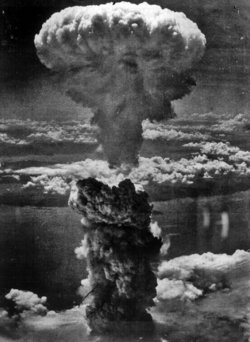But on the same evening that President Bush was lauding democracy and freedom, there was one other person in attendance whose rights were infringed upon. The man, who did not want his identity revealed after the disturbing incident, was a personal guest of Florida Democrat Alcee Hastings. He is a prominent businessman from Broward County, Florida who works with the Department of Defense-and has a security clearance. After sitting in the gallery for the entire speech, he was surrounded by about ten law enforcement officers as he exited the chamber and whisked away to a room in the Capitol.
For close to an hour the man, who was born in India but is an American citizen, was questioned by the Police, who thought he resembled someone on a Secret Service photo watch list, according to Capitol Police Chief Terrance Gainer. Eventually, the police realized it was a case of mistaken identity and let him go. Gainer has assured Hastings that the Capitol Police, Secret Service and FBI will investigate why the man was detained for so long, and try to "sharpen our procedures." But the man was "very, very scared" by the incident, says Fred Turner, a spokesperson for Hastings. On Tuesday night, he told the congressman that the experience was "maybe just the price of being brown in America," Turner says.
"He shouldn't have gone through the ringer as long as he did," Gainer says. "He did get caught up in the morass of Secret Service FBI, Capitol Police. Everybody was trying to figure out whether he was a threat. And he absolutely, unequivocally clearly was not." Gainer apologized to the man afterwards, only one of the many apologies he has had to make this week. He met with Congressman Young at least twice, as well as with Young's wife. "There is no prohibition against simply wearing a T-shirt that states your particular cause," Gainer stresses, taking full accountability for not providing clearer direction to his officers.
Gainer says he will work with the House Sergeant at Arms to clarify the rules of the House of Representatives, and to ensure that officers have a better understanding of what constitutes a protest and demonstration. Before he finalizes the new rules, Gainer has asked his staff to look into previous arrests and ejections in the gallery to see what he can learn. One of the first protests at a State of the Union speech occurred in 1916, when President Woodrow Wilson was speaking and a group of suffragettes sitting in the gallery unfurled a large yellow banner with the words, "Mr. President, what will you do for woman suffrage?" The Capitol Police prepared to arrest the women, but the chief doorkeeper ordered them to leave them alone. An assistant doorkeeper on the floor, however, did manage to pull the banner down. Compared to what happened at this week's speech, that almost seems civilized.
LINK






No comments:
Post a Comment